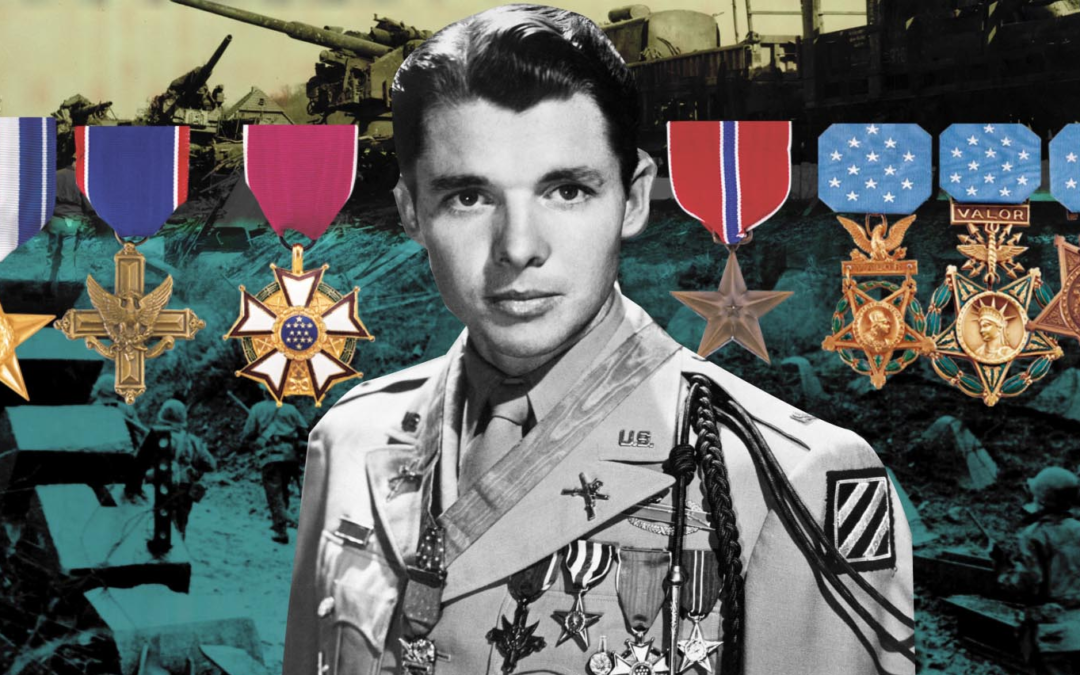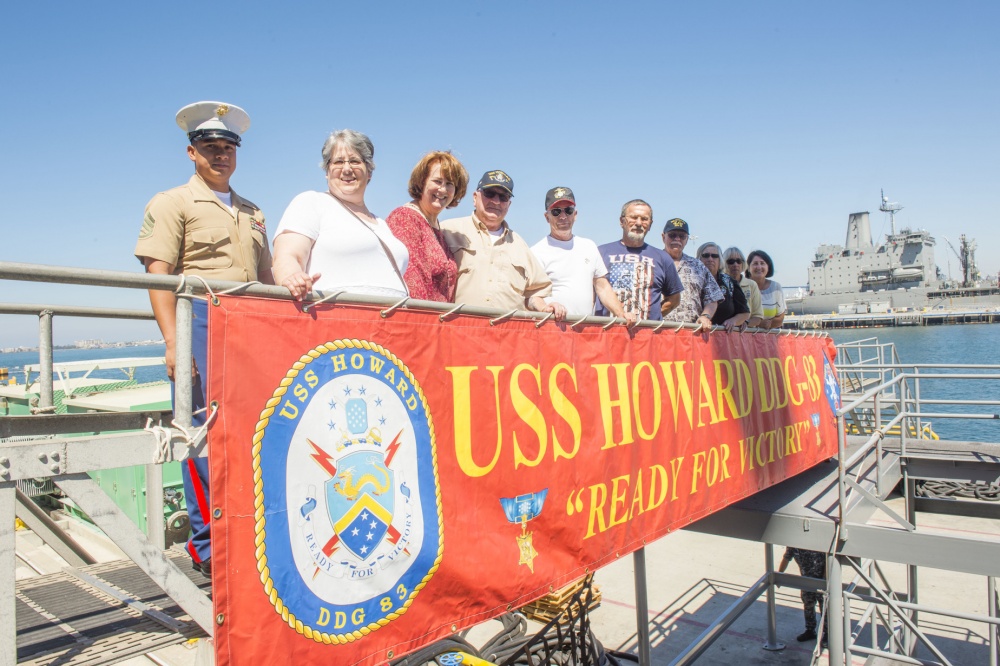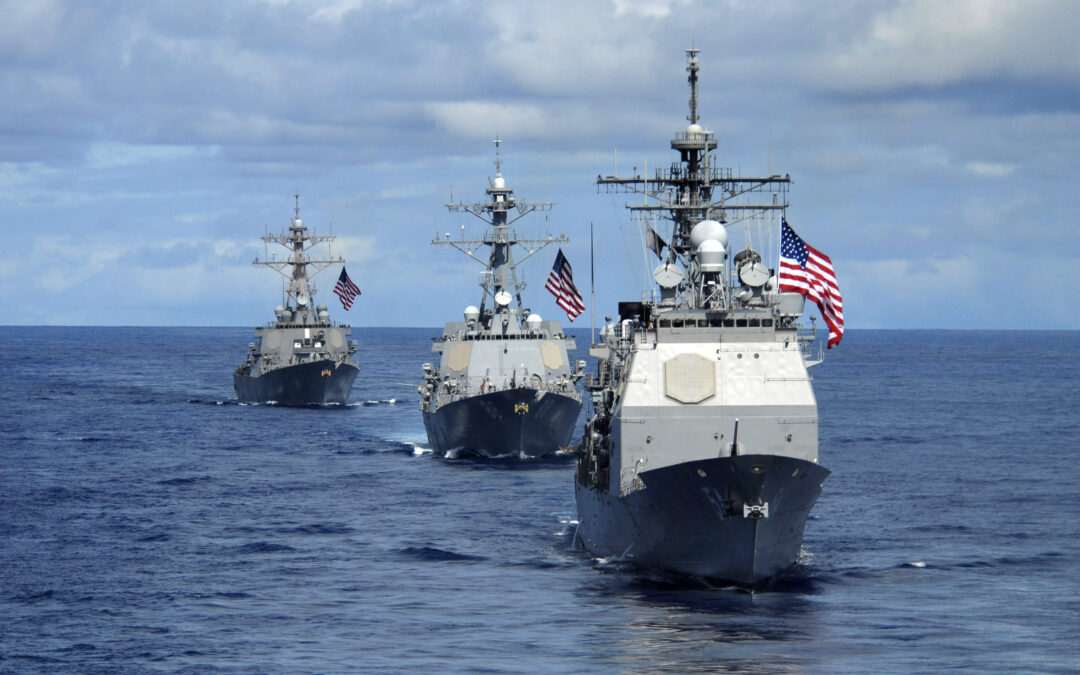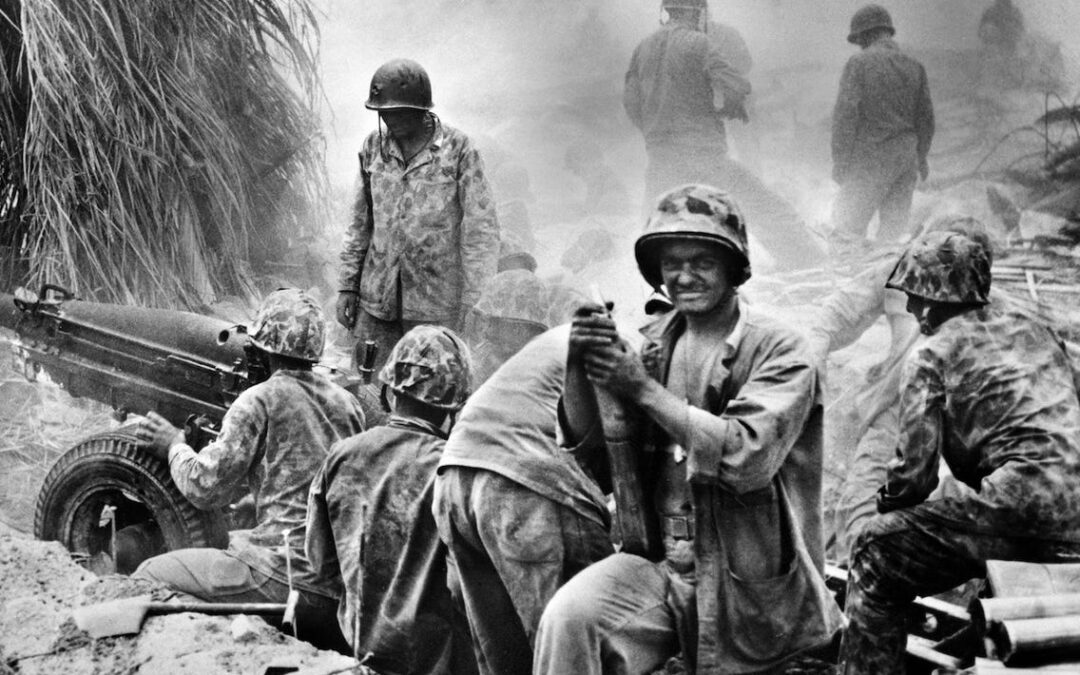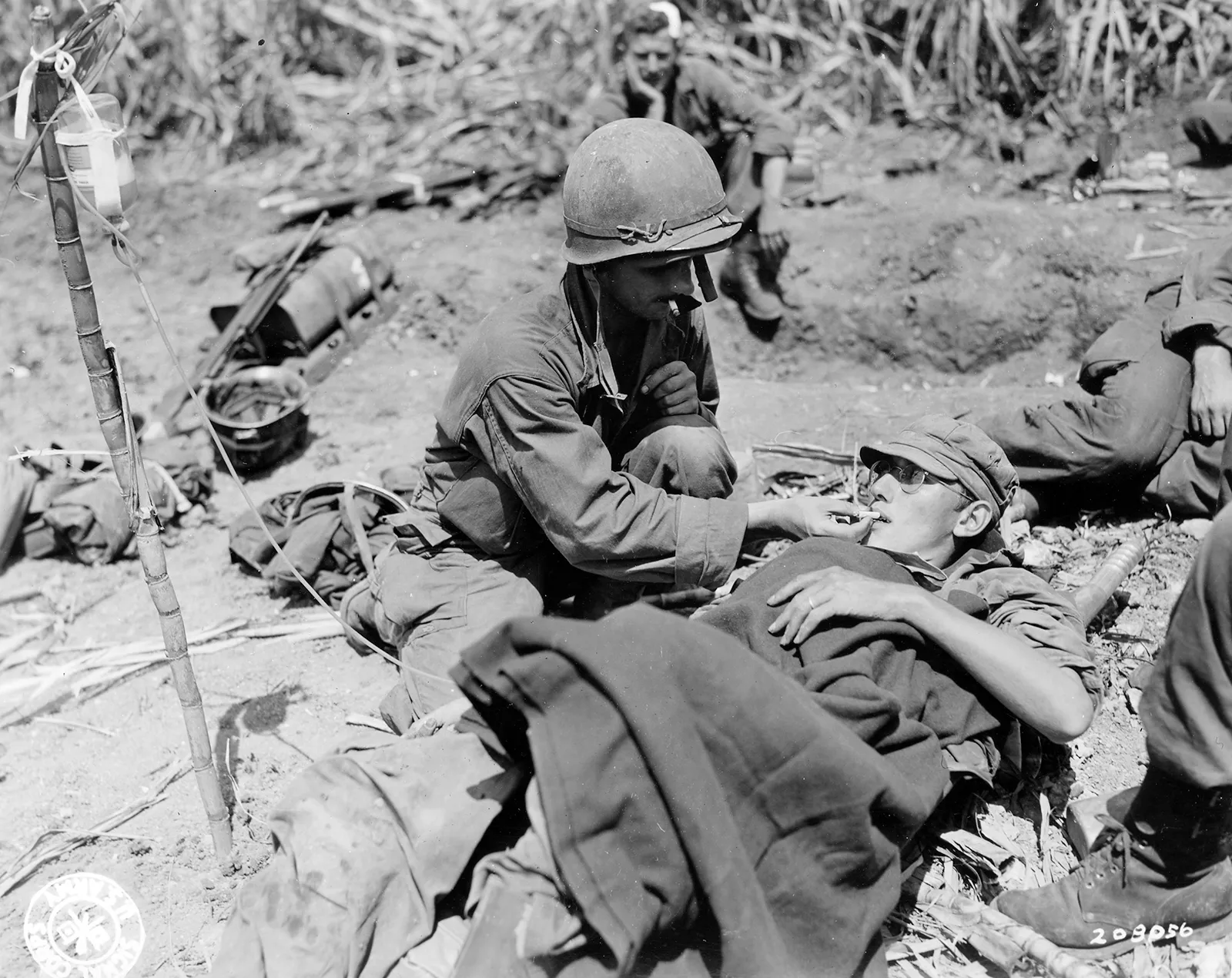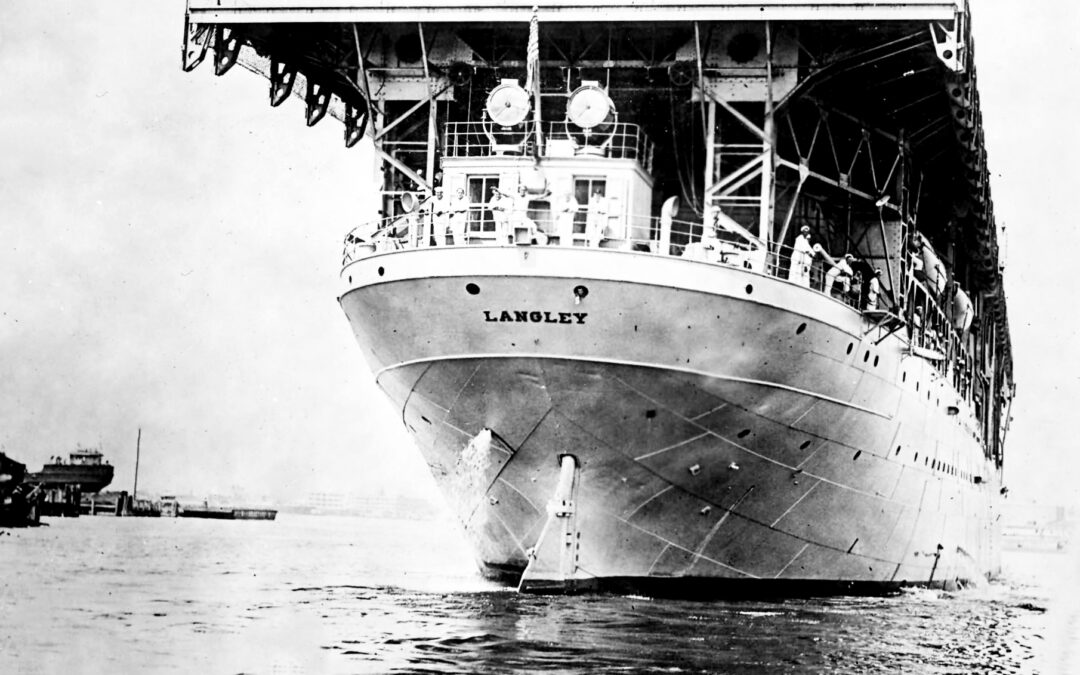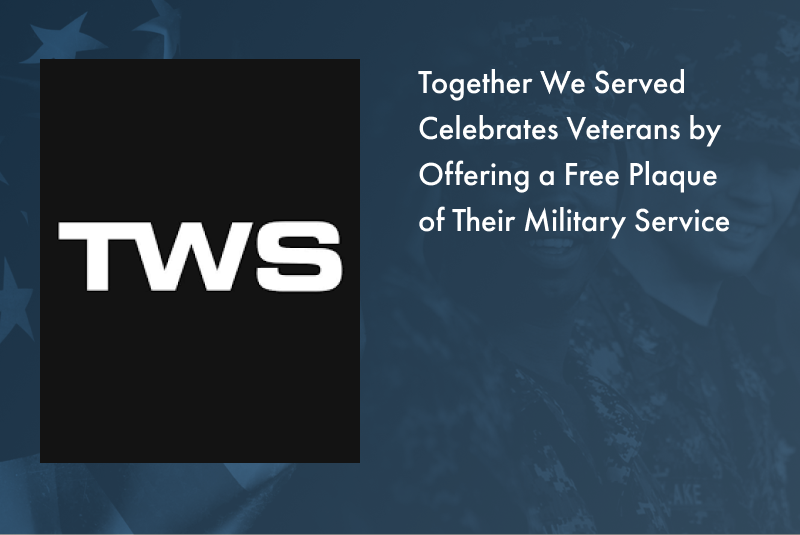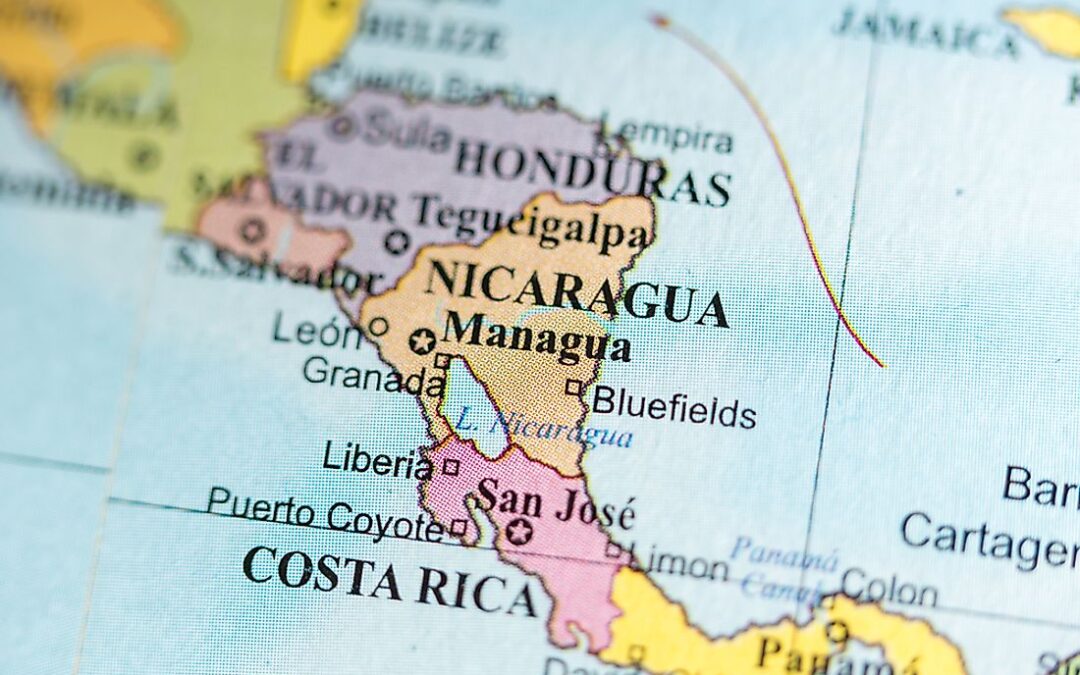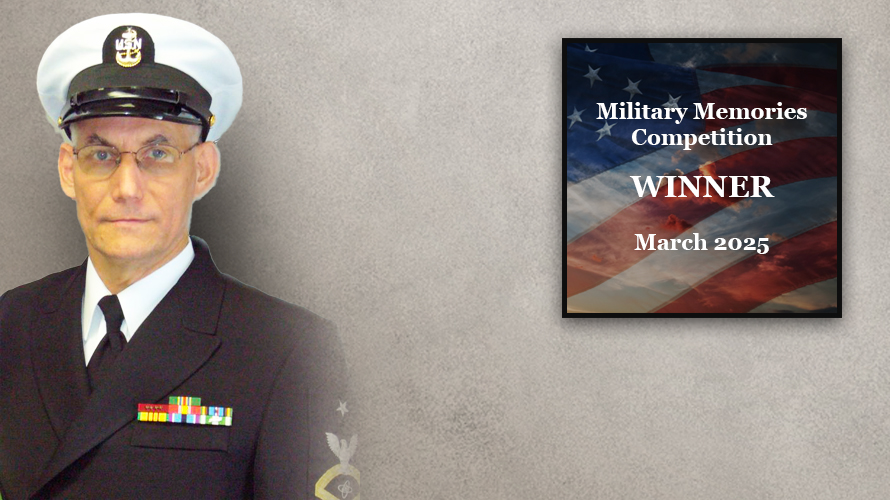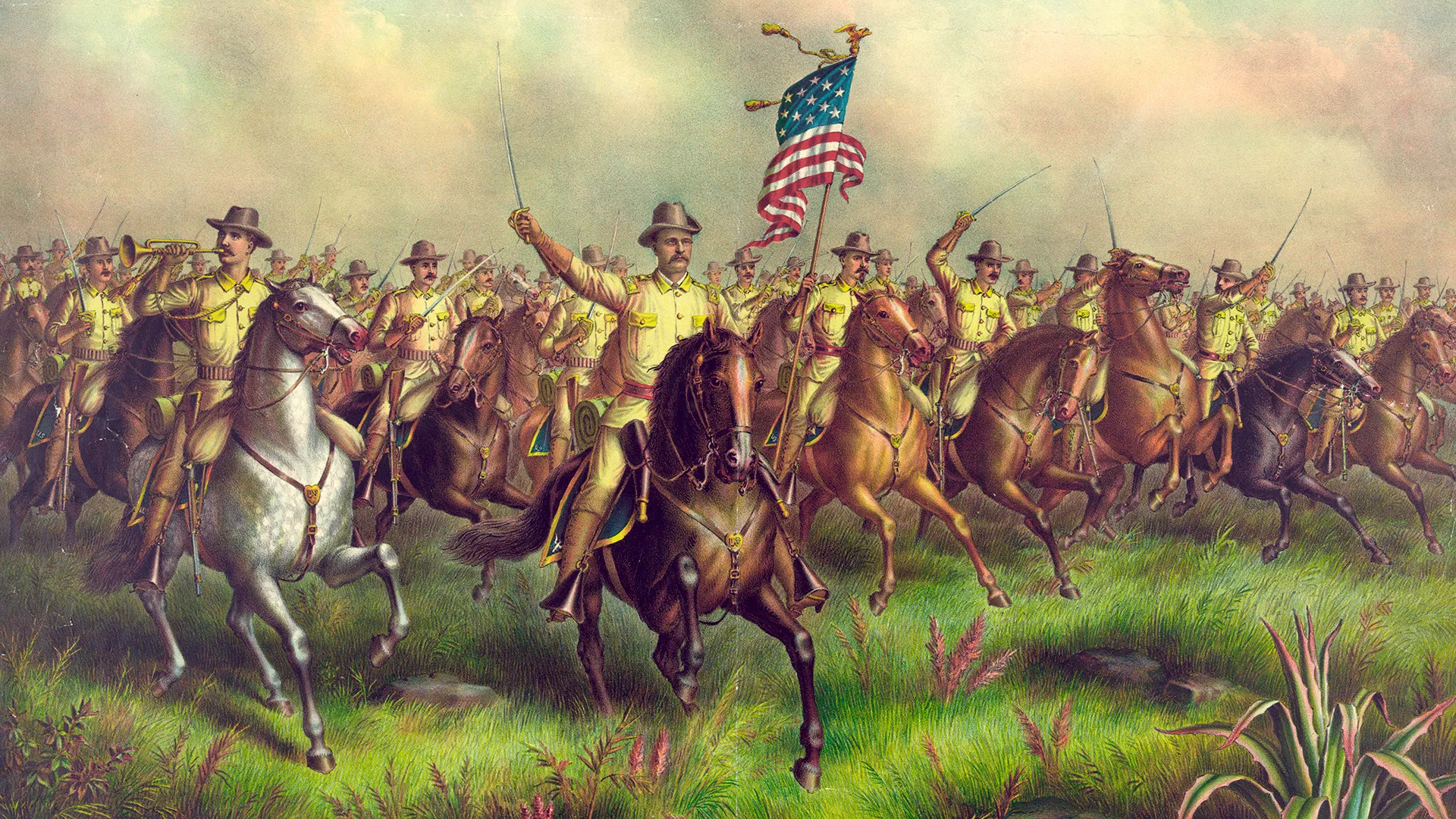He wanted to join the Marines, but he was too short. The paratroopers wouldn't have him either. Reluctantly, he settled on the infantry, enlisting to become nothing less than one of the most-decorated heroes of World War II. He was Audie Murphy, the baby-faced Texas farm boy who became an American Legend. Audie Murphy Begins Life in Hardship and Early Responsibility The sixth of twelve children, Audie Murphy, was born in Kingston, Hunt County, TX, on June 20, 1925. The son of poor...
